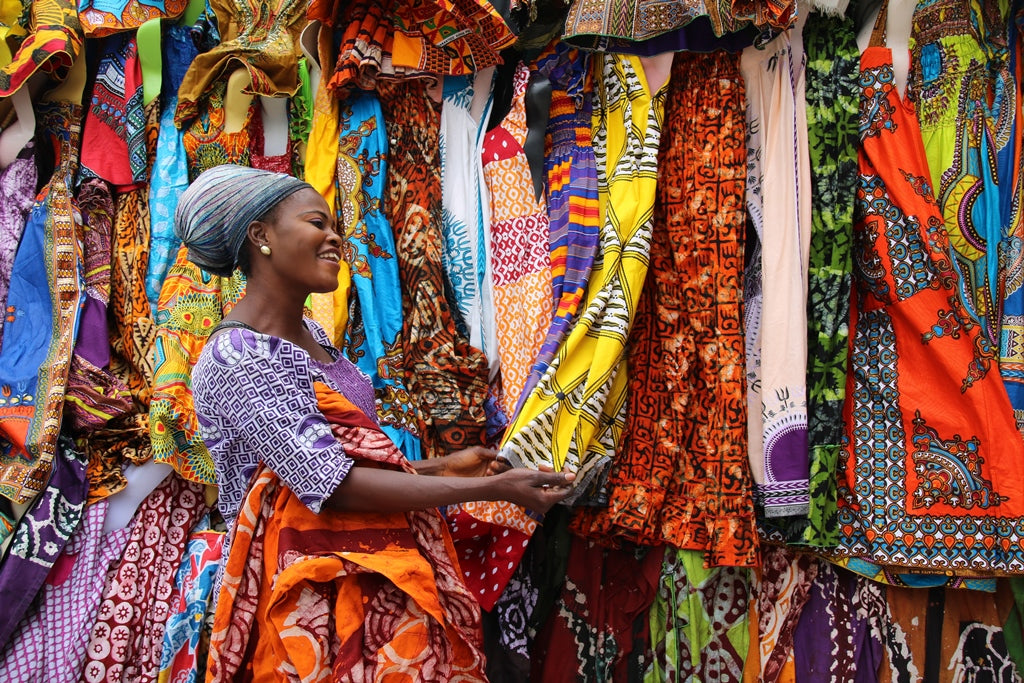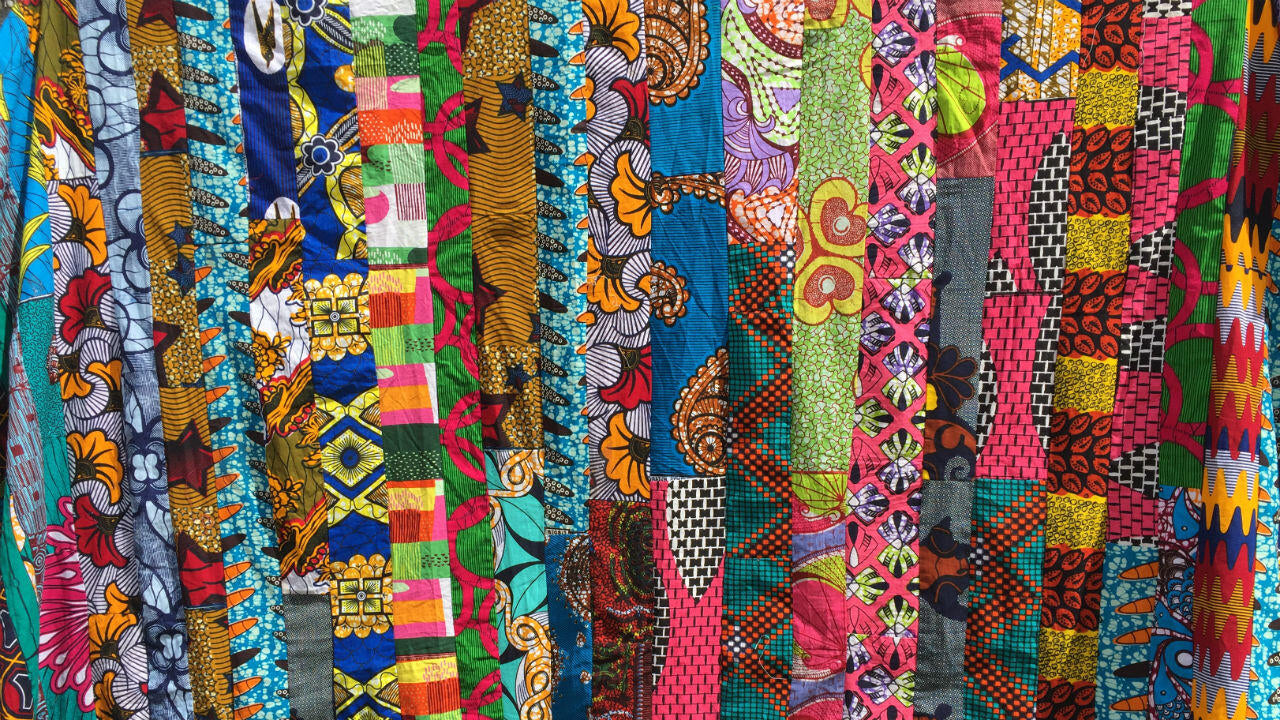

The History of African Wax Prints
African wax prints, also known as Ankara prints, are colorful fabrics that have become an integral part of African culture and fashion. The history of African wax prints dates back to the 19th century when Dutch merchants introduced Indonesian batik fabrics to West Africa.
These batik fabrics were highly sought after by African women who used them for traditional ceremonial dresses. However, the batik fabrics were expensive, and only the wealthy could afford them. To make the fabrics more affordable, Dutch manufacturers started to print the designs on cotton using industrial machines.


These printed fabrics were an instant hit and quickly became popular among the masses. The fabrics were known for their vibrant colors, bold patterns, and durability. The designs featured in the fabrics were a combination of traditional African motifs and European designs.
Over time, the production of African wax prints shifted to Africa, with countries like Ghana, Nigeria, and Ivory Coast becoming major producers. Today, African wax prints are produced using both traditional and modern methods and are used for a wide range of purposes, from clothing to home decor.


African wax prints have also become a symbol of African pride and identity, with many designers and fashion houses incorporating them into their collections. Despite their popularity, the production of African wax prints has faced challenges, including the influx of cheaper imitations and the impact of globalization on traditional manufacturing practices. Nevertheless, African wax prints remain an important part of African culture and fashion.
Sign-up to our emails
Be the first to know about new arrivals and exclusive offers.
